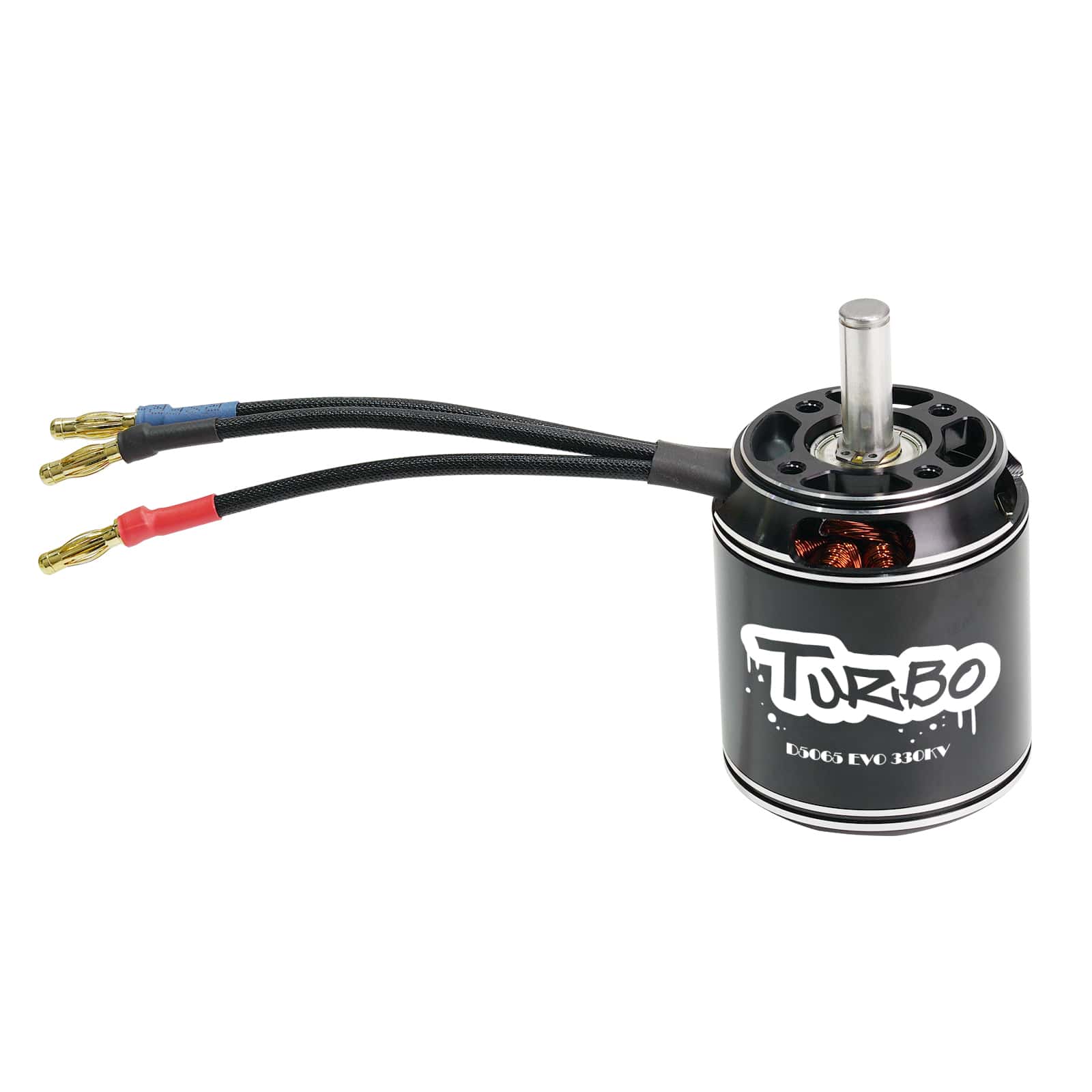A Complete Analysis of the Core Technology of Fixed-Wing Motors
2025-07-30
Aviation enthusiasts and industry insiders, today we'll delve into the motor system, the "heart" of fixed-wing aircraft. This isn't something you can just slap on a random motor on a drone; fixed-wing aircraft have incredibly demanding power requirements. From light sport aircraft to military reconnaissance aircraft, choosing the wrong motor can easily send you into a free fall. I've summarized some of the most critical key features; after reading this, you'll be able to quibble with the salesperson about some technical jargon next time you're choosing a motor.
Power Output: Steady as a saddlebag is king
Fixed-wing motors are built for sustained performance:
Using rare earth permanent magnets, they offer 30% higher efficiency than conventional motors, delivering consistent, stable power at high altitudes.
An intelligent torque control system automatically compensates for turbulence, ensuring gyroscope-like flight stability.
Military-grade motors maintain over 95% power output at altitudes up to 5,000 meters, eliminating the headaches of high-altitude flight.
Environmental Adaptability: Safe in the sky and on the ground
These motors have been rigorously tested:
They can start at -50°C, surpassing conventional piston engines in operational reliability tests conducted by Arctic expeditions.
Specialized salt spray coating ensures rust-free landings and takeoffs at seaside airports for ten years.
Electromagnetic shielding ensures rock-solid stability even when flying near radar stations.
Lightweight Technology: Fuel-Efficient It's all about saving money
There's an old saying in aviation: "Every gram saved equals an extra second of flight."
The aviation-grade aluminum-lithium alloy casing is twice as strong as ordinary steel but only one-third the weight.
The 3D-printed hollow stator technology creates a porous internal structure to reduce weight without compromising heat dissipation.
The latest carbon fiber wrapping technology makes the entire aircraft as light as a feather, yet it can withstand 8G g-loads.
Intelligent control system: Knows aircraft better than the pilot.

Today's motor systems are incredibly smart
Self-learning algorithms can learn from pilot habits and automatically optimize power output curves.
The fault prediction system can warn of bearing wear 200 hours in advance, offering even greater customer service than a 4S dealership.
It even automatically adjusts power based on remaining fuel to ensure a safe return.
Maintenance convenience: Saves money, time, and worry
Can a single traditional engine overhaul buy enough to buy a new car? The motor protested:
The modular design makes replacing coils easier than changing a phone battery.
Maintenance-free bearing design means 100,000 kilometers of worry-free operation.
The self-cleaning system automatically removes dust, reducing maintenance costs by 80%.
Practical advice for industry insiders:
For high-altitude flights, remember to choose a dedicated model; ordinary motors will overheat in seconds.
Electric gliders should focus on low-speed torque, otherwise takeoff will be a nightmare.
Regularly check the motor encoder; a faulty one can throw the navigation system completely off track.
The most amazing thing about this industry is that five years ago, it was considered "toy engines," but now the Civil Aviation Administration has begun developing airworthiness standards for electric aircraft. Next time you fly, consider this: the heart of this giant steel bird might be smarter than your smart speaker!
As a professional manufacturer and supplier, we provide high-quality products. If you are interested in our products or have any questions, please feel free to contact us.


